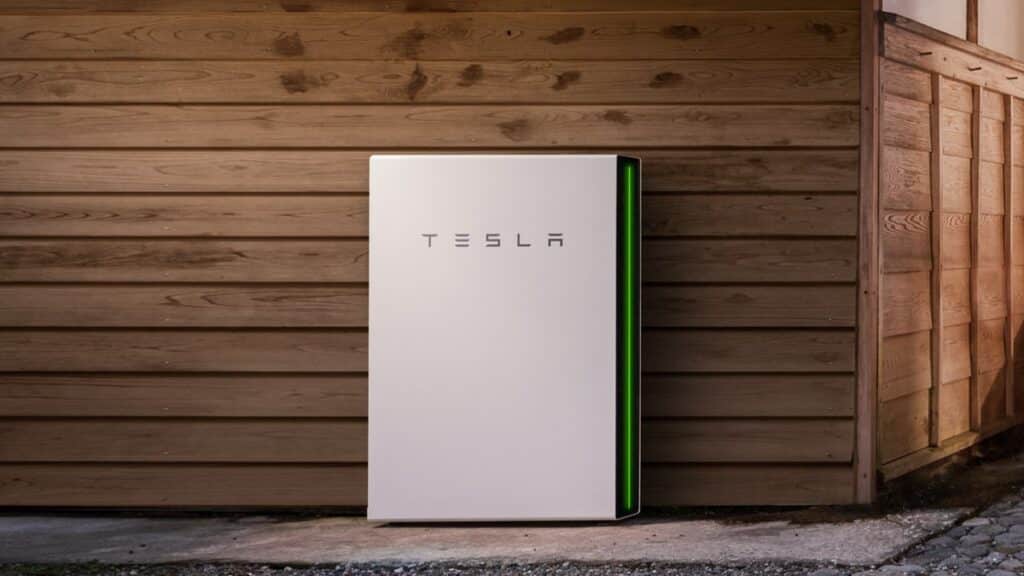As home energy storage continues to gain traction, Tesla’s Powerwall has remained a standout option for many homeowners looking to harness solar energy and enhance energy efficiency. With the introduction of the Powerwall 3, many are curious about how it stacks up against the well-established Powerwall 2. Here, we’ll break down the key differences, pros, and cons of each model to help you decide which one might be the right fit for your energy needs.
Overview of the Powerwall Models
The Tesla Powerwall 2 has dominated the home battery market since its release, but the arrival of the Powerwall 3 marks a new era. Despite this new model, the Powerwall 2 continues to be a viable choice for many users. Tesla has yet to announce any plans to discontinue the Powerwall 2, and it’s likely that existing users will still receive warranty support. However, it’s important to note that the two models are not compatible; you cannot install them together in the same system.
Both batteries offer a usable capacity of 13.5 kWh, but the Powerwall 3 significantly improves power output and efficiency. Let’s delve into the specifications and performance of each model to understand their strengths and weaknesses.
Specifications Comparison
Here’s a side-by-side comparison of the two models:
| Feature | Tesla Powerwall 3 | Tesla Powerwall 2 |
| Usable Capacity | 13.5 kWh | 13.5 kWh |
| Max Units Installable | Up to 4 (54 kWh total) | Up to 10 (135 kWh total) |
| Round-Trip Efficiency | 89% | 90% |
| Depth of Discharge | 100% | 100% |
| Continuous Power Output | 11.5 kW | 5 kW |
| AC or DC Coupling | Options for both | AC only |
| Price | $9,300 | $8,400 |
Capacity and Modularity
Both the Powerwall 2 and Powerwall 3 share the same usable capacity of 13.5 kWh, which aligns with the typical energy storage needs of an average household. Neither model offers a modular design, meaning you cannot adjust the capacity of an individual unit. If your energy requirements exceed the capacity of one unit, you’ll need to purchase additional Powerwalls.
In terms of installation, the Powerwall 2 allows for greater modularity, as you can install up to ten units for a total of 135 kWh. In contrast, the Powerwall 3 allows for a maximum of four units, totaling 54 kWh. While the Powerwall 2 may appear advantageous in this aspect, the average American home typically uses about 30 kWh per day, making even four Powerwall 3 units more than sufficient for most households.
Performance and Efficiency
When it comes to performance, the Powerwall 3 boasts significant enhancements. The continuous power output is a critical metric, as it determines how many appliances you can run simultaneously. The Powerwall 3 offers 11.5 kW, more than double the Powerwall 2’s 5 kW. This increase enables it to support larger appliances or multiple devices simultaneously, making it a strong choice for households with higher energy demands.
In terms of round-trip efficiency—how effectively the battery can store and release energy—the difference between the two models is minimal. The Powerwall 3 has an efficiency rating of 89%, while the Powerwall 2 is slightly higher at 90%. The depth of discharge for both models is set at 100%, allowing you to use the full capacity of the battery without concerns over damage.
Warranty and Lifespan
Both the Powerwall 2 and Powerwall 3 come with identical warranties, offering coverage for 10 years and guaranteeing that the batteries will retain at least 70% of their original capacity by the end of the warranty period. A standout feature of Tesla’s warranty is the unlimited cycle coverage, meaning there is no cap on how often you can charge and discharge the battery. This is a significant advantage, as it allows for heavy usage without the risk of voiding the warranty.
Pricing Considerations
Price can be a significant factor in your decision. The Powerwall 2 is generally priced between $8,100 and $8,400, while the Powerwall 3 costs around $9,300. Both prices include the gateway and other necessary accessories but exclude installation costs, which can range from $2,000 to $3,000.
While the Powerwall 2 is the more budget-friendly option, it’s important to consider what you’re getting for the price. The Powerwall 3 offers double the power output and features an integrated inverter, which can simplify installation and reduce additional costs.
Which Battery Should You Choose?
When determining which Powerwall model is best for you, consider your energy needs and budget. The Powerwall 3 is clearly the more advanced option, offering better performance, a higher power output, and modern features that align with current energy demands. However, if cost is a primary concern, or if you anticipate needing more than 54 kWh of capacity, the Powerwall 2 may still be a valid choice.
Furthermore, the longevity and support for the Powerwall 2 might appeal to those who want a dependable system without the latest features. However, with the uncertainty surrounding the future availability of the Powerwall 2, purchasing the newer Powerwall 3 may provide more peace of mind.
Final Thoughts
Ultimately, both the Tesla Powerwall 2 and Powerwall 3 serve as excellent options for home energy storage. Assess your specific energy needs, budget constraints, and future plans before making a decision. It might also be beneficial to explore other battery options and consult local installers for comprehensive quotes. With the right information, you can make a choice that will enhance your home’s energy efficiency and save you money in the long run.

